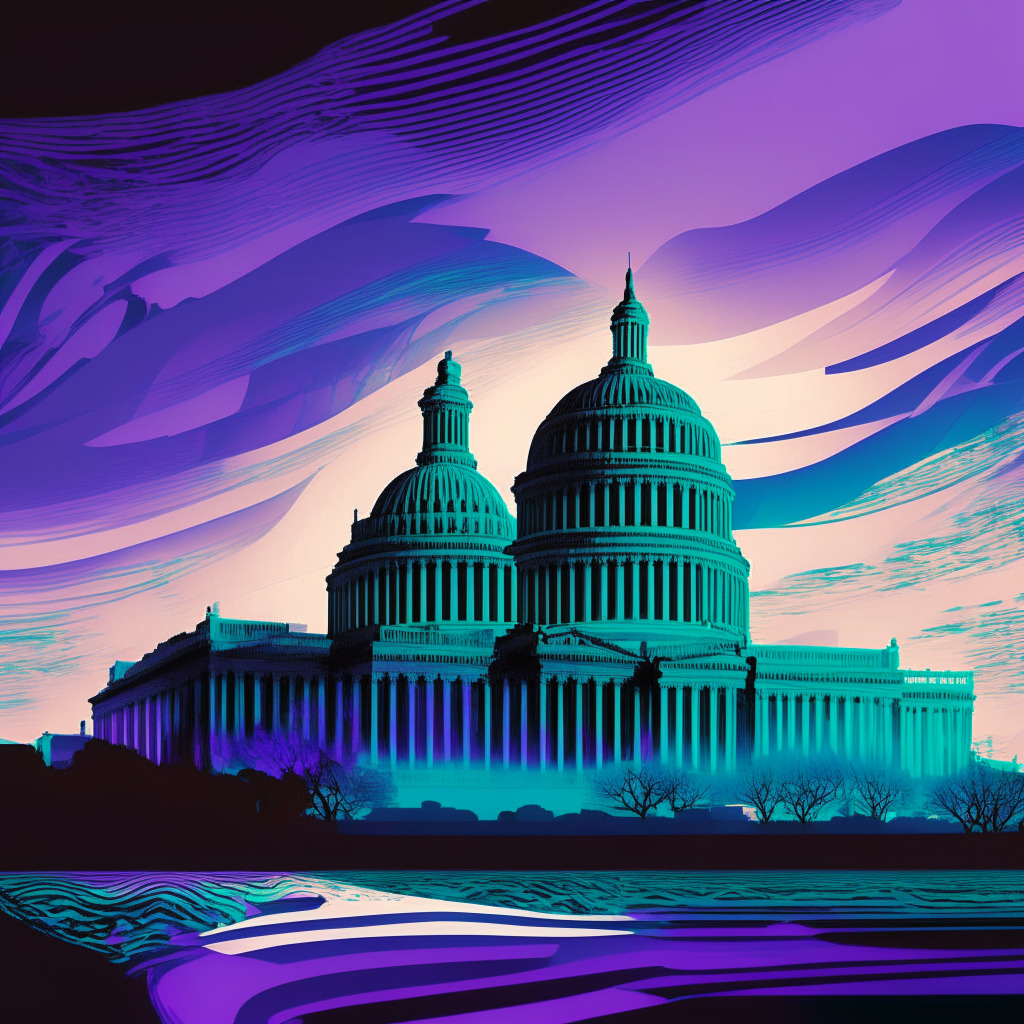Congressman Ritchie Torres recently publicized his demands for twin independent probing exercises targeting the U.S. Securities Exchange Commission (SEC) and its perplexingly inconsistent approach to handling digital assets, as disclosed in a pair of letters. His call for this comes as a reaction to what he frames as SEC’s peculiar attitude in granting a special purpose broker-dealer (SPBD) license to Prometheum, a digital assets trading platform that allegedly abstains from digital assets trading under odd scenarios.
Additionally, Torres has lambasted the SEC for not establishing a rigorous, yet achievable registration process for tangible digital assets platforms. In his letters, he notes that this ‘dubious’ decision to license a potentially misleading digital assets platform only underlines the current Chair, Gary Gensler’s unprecedented attempts to politicize the registration process, rarely witnessed in SEC’s historical backdrop.
His grievance extends to those trading platforms functional in the real-world, where he argues that the SEC’s avenue to registration is nothing but a cul-de-sac. The letters, penned by Torres, were addressed to Deborah Jeffrey, the SEC’s Inspector General, and Gene Dodaro, the Comptroller General of the Government Accountability Office.
Using vibrant imagery, Torres compared the SEC to “an overzealous traffic agent who hands out arbitrary speeding tickets while leaving everyone indefinitely puzzled about the speed limit.” He further opined that implementing rules via stringent enforcement is not the correct way to regulate.
In his opinion, this unclear and seemingly heavy-handed approach to digital assets regulation by the SEC resonates with the broader concern of regulatory uncertainty that hamstrings the growth of the emerging asset class. Such standpoints posit an implicit question: Is the strict regulatory approach towards digital assets an urgent necessity for investor protection or an overcautious manoeuvre hindering technological innovation?
The crux of the discomfort arising from this framework rests in the paradoxical nature of it – a digital assets trading platform given a SPBD license without indulging in active digital assets trading. Despite this, its implementation and acceptance raise valid questions about the future of digital trading venues and their viability in the broader financial sphere.
When reached out for responses, Prometheum refrained from any immediate comments.
The tension here reflects the fundamental strife between the necessity of stringent regulation for ensuring investor protection versus the regulatory negativity overshadowing innovation and propelling the digital asset market. The future of blockchain, hence, relies heavily on finding middle ground between these extremes.
Source: Coindesk




